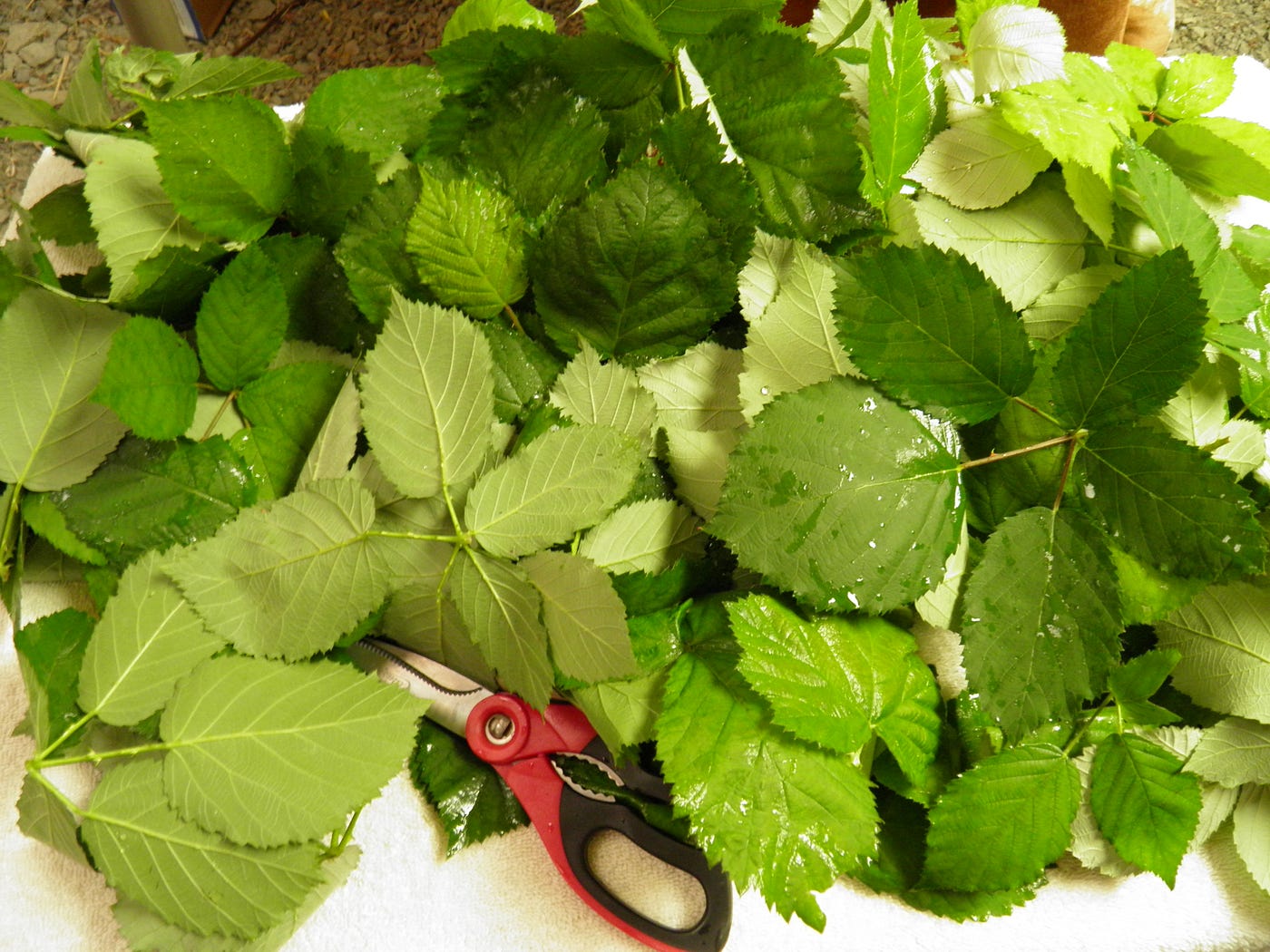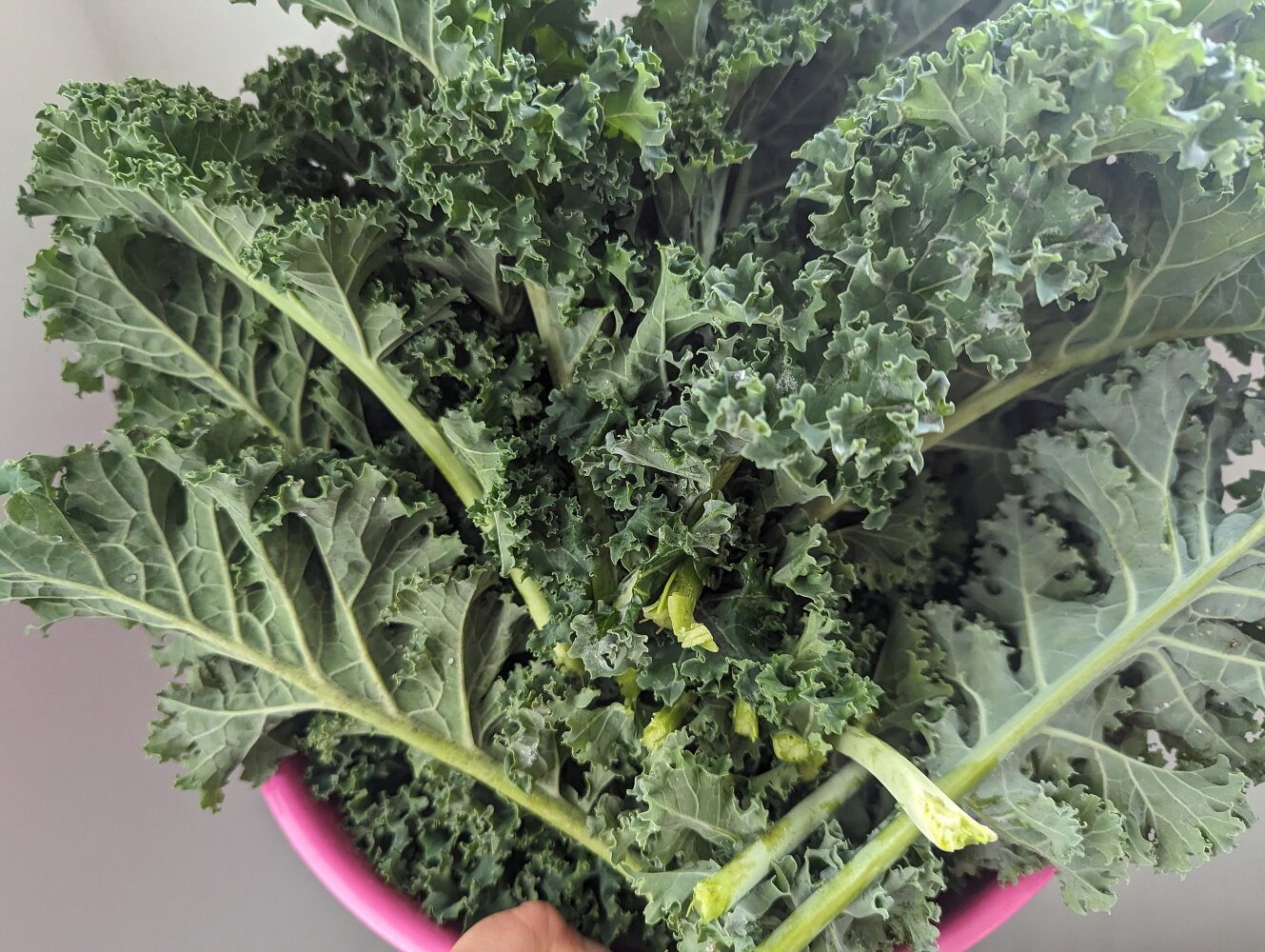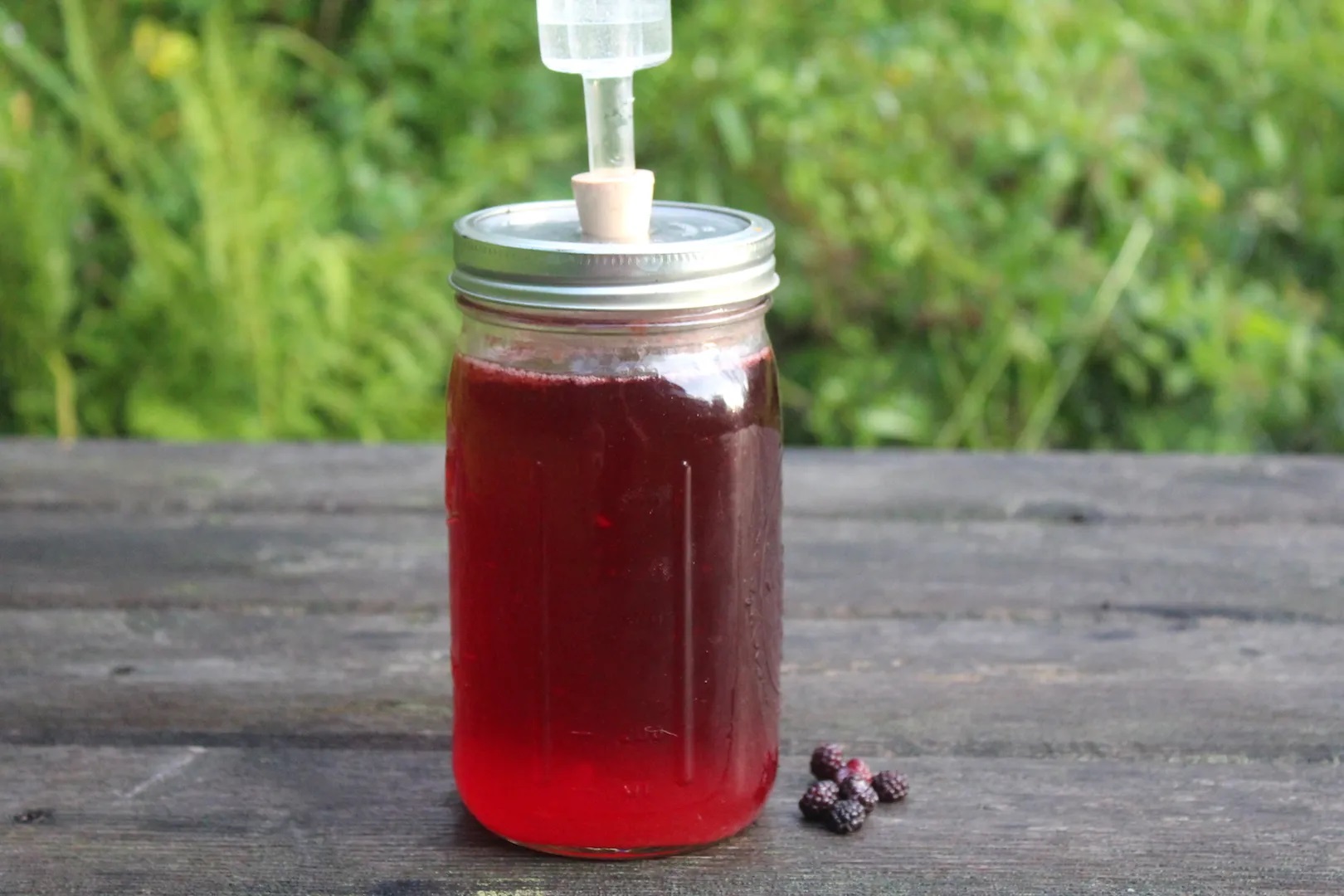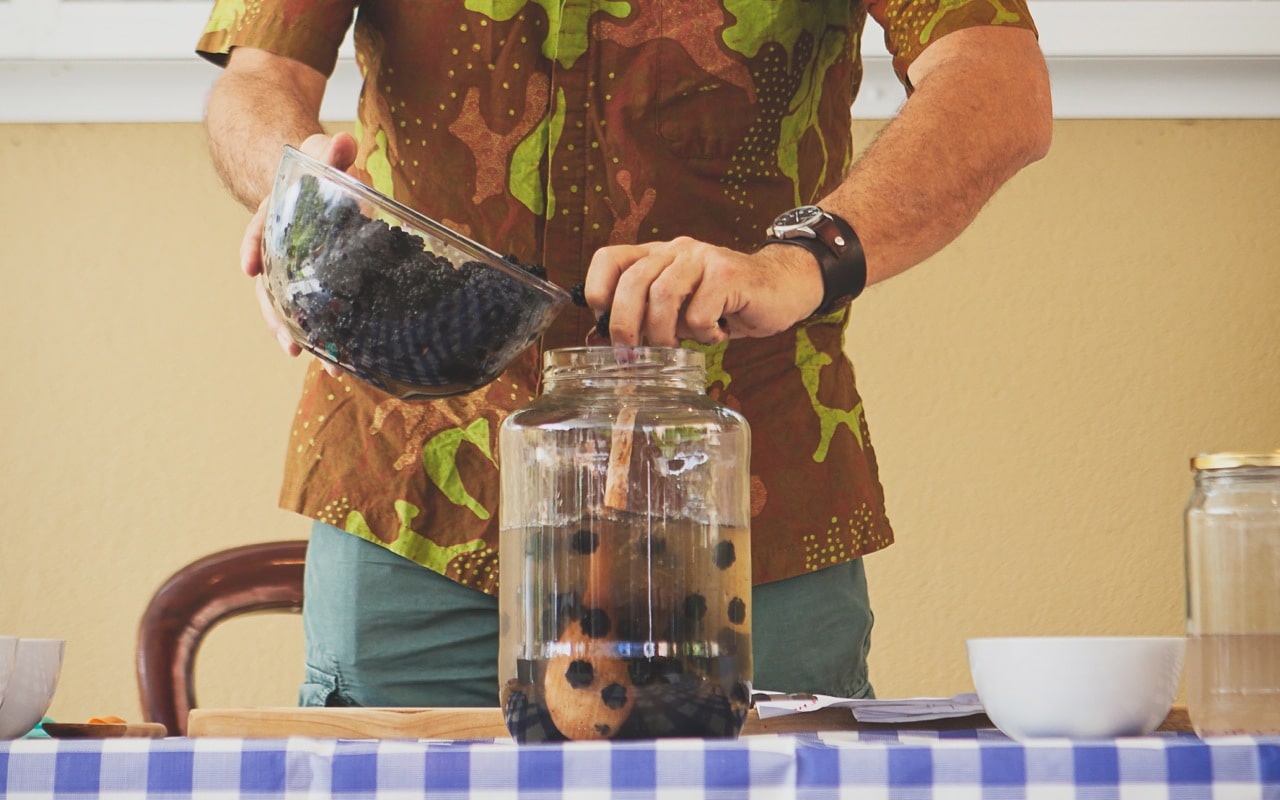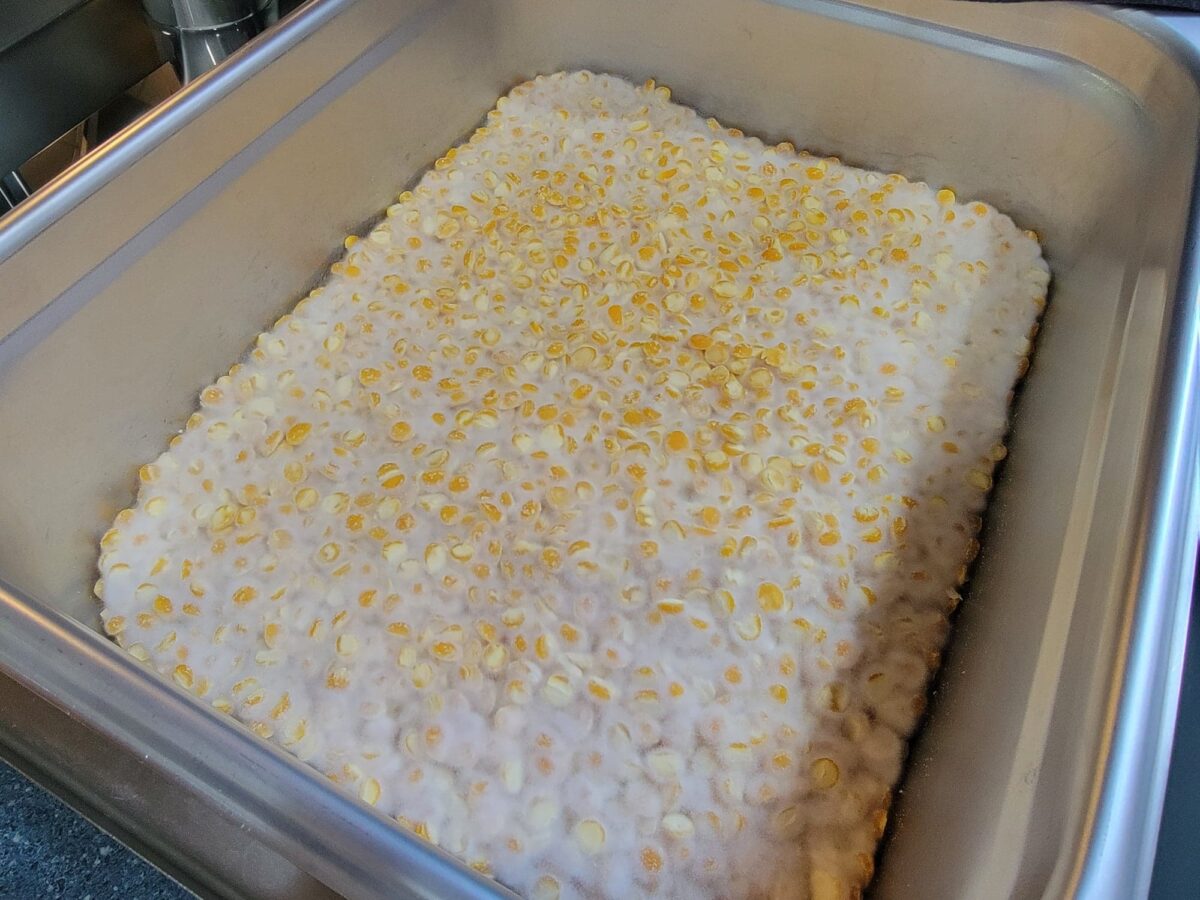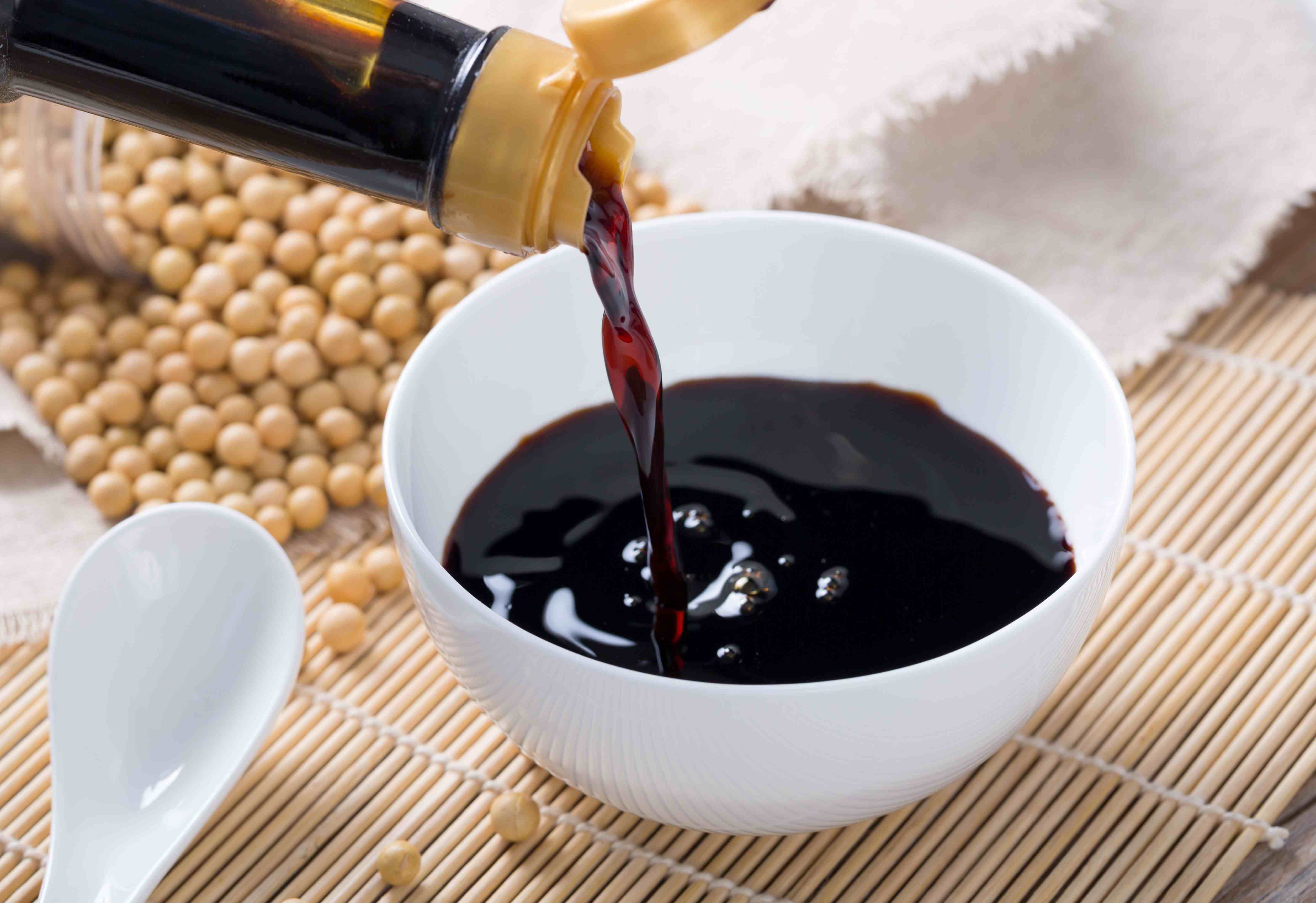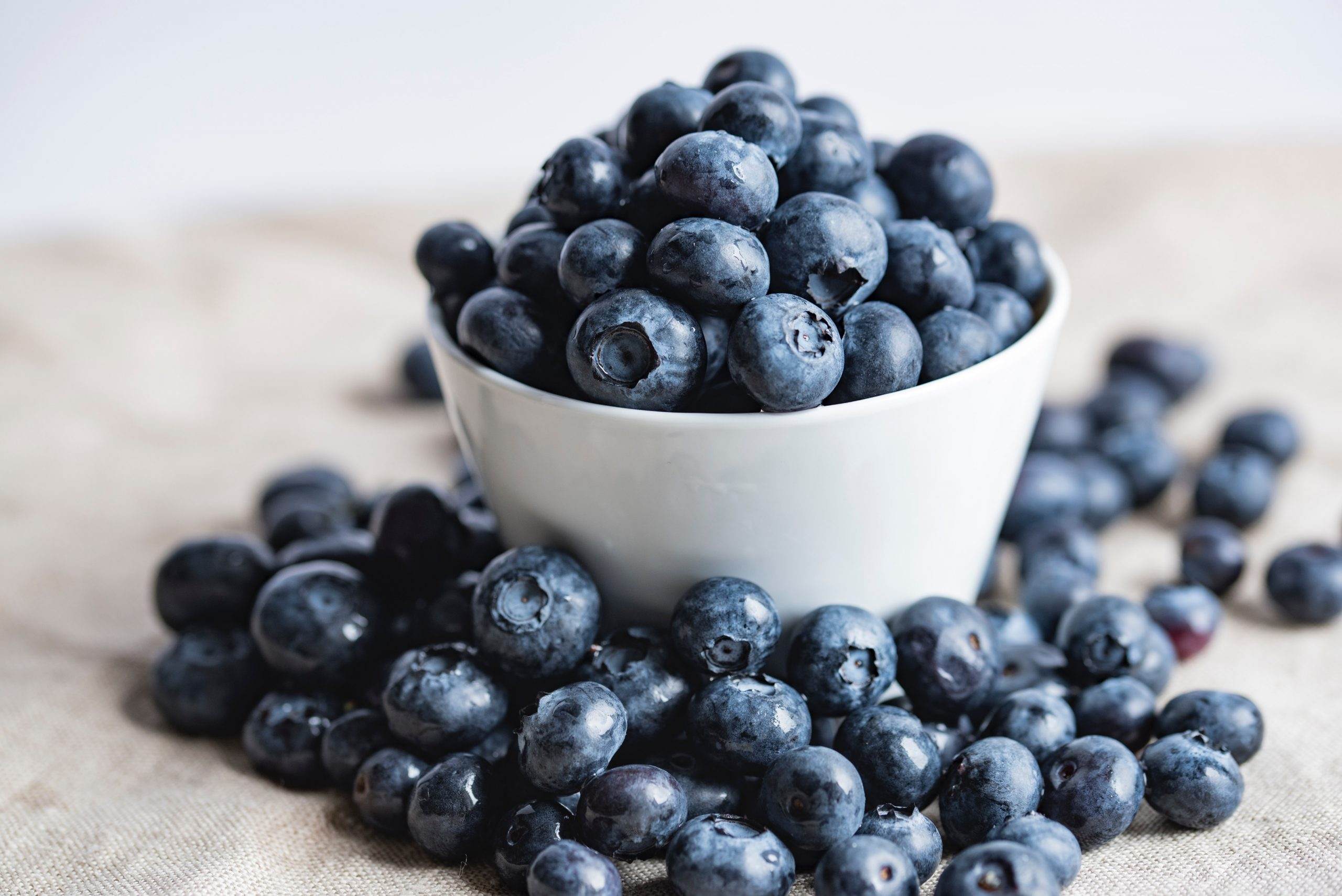How to Ferment Beer at a Specific Temperature
When it comes to brewing beer, one of the most crucial factors to consider is the fermentation temperature. Fermenting beer at a specific temperature is essential for achieving the desired flavor, aroma, and overall quality of the final product. In this article, we will explore the steps to fermenting beer at a specific temperature to ensure a successful brewing process.
Choose the Right Yeast Strain
Before diving into the fermentation process, it’s important to select the right yeast strain for your beer. Different yeast strains have specific temperature ranges at which they perform best. For example, lager yeast typically ferments at cooler temperatures, while ale yeast thrives at warmer temperatures. Be sure to research and select a yeast strain that aligns with the specific temperature requirements for your beer style.
Control the Fermentation Environment
Once you have selected the appropriate yeast strain, it’s crucial to control the fermentation environment to maintain a specific temperature. Here are some key steps to achieve this:
- Invest in a temperature-controlled fermentation chamber or refrigerator to regulate the temperature of the fermenting beer.
- Use a thermometer to monitor the temperature inside the fermentation vessel regularly.
- Place the fermentation vessel in a location where the ambient temperature remains consistent, avoiding direct sunlight or drafty areas.
Monitor and Adjust the Temperature
Throughout the fermentation process, it’s essential to monitor the temperature and make adjustments as needed to ensure the yeast is working within the desired range. Here’s how to do it:
- Check the temperature multiple times per day, especially during the initial stages of fermentation.
- If the temperature is too low, consider using a heating pad or wrap the fermenter with insulation to raise the temperature slightly.
- If the temperature is too high, place the fermenter in a cooler area or use a cooling jacket to lower the temperature.
Understand the Impact of Temperature on Flavor
The fermentation temperature plays a significant role in shaping the flavor profile of the beer. Here’s a general guideline to understand the impact of temperature on flavor:
- Lower temperatures (e.g., for lagers) tend to result in a cleaner and crisper flavor profile.
- Higher temperatures (e.g., for ales) can produce more fruity and complex flavor characteristics.
Final Thoughts
Fermenting beer at a specific temperature is a critical aspect of the brewing process that directly influences the final product’s quality and taste. By carefully selecting the right yeast strain, controlling the fermentation environment, monitoring and adjusting the temperature, and understanding the flavor impact, brewers can achieve the desired results. Whether you’re a novice homebrewer or an experienced craft brewer, paying attention to the fermentation temperature will undoubtedly elevate the overall beer-making experience.
So, the next time you embark on a brewing adventure, remember the importance of fermenting beer at a specific temperature to craft exceptional, flavorful beers that delight the palate.
Was this page helpful?
Read Next: How To Ferment Daikon Radish
